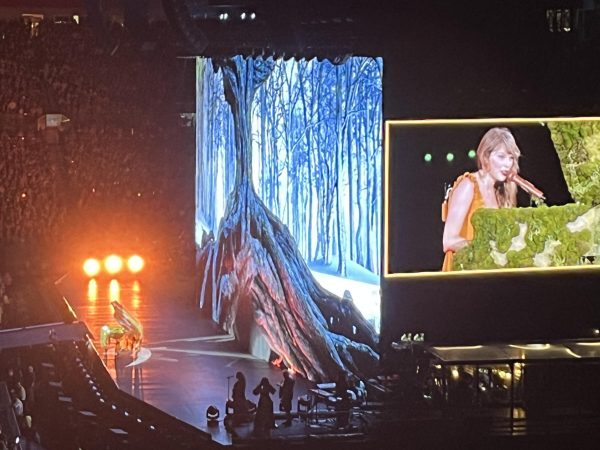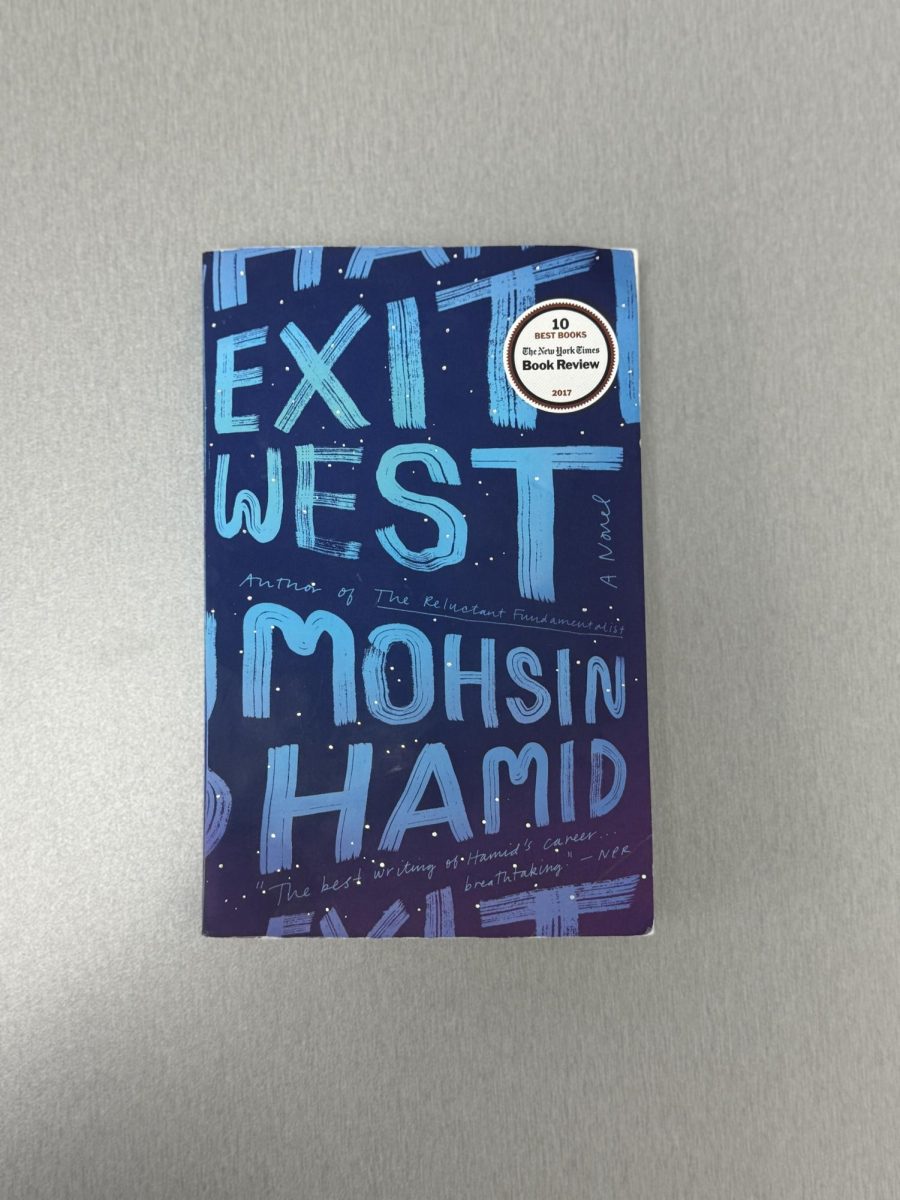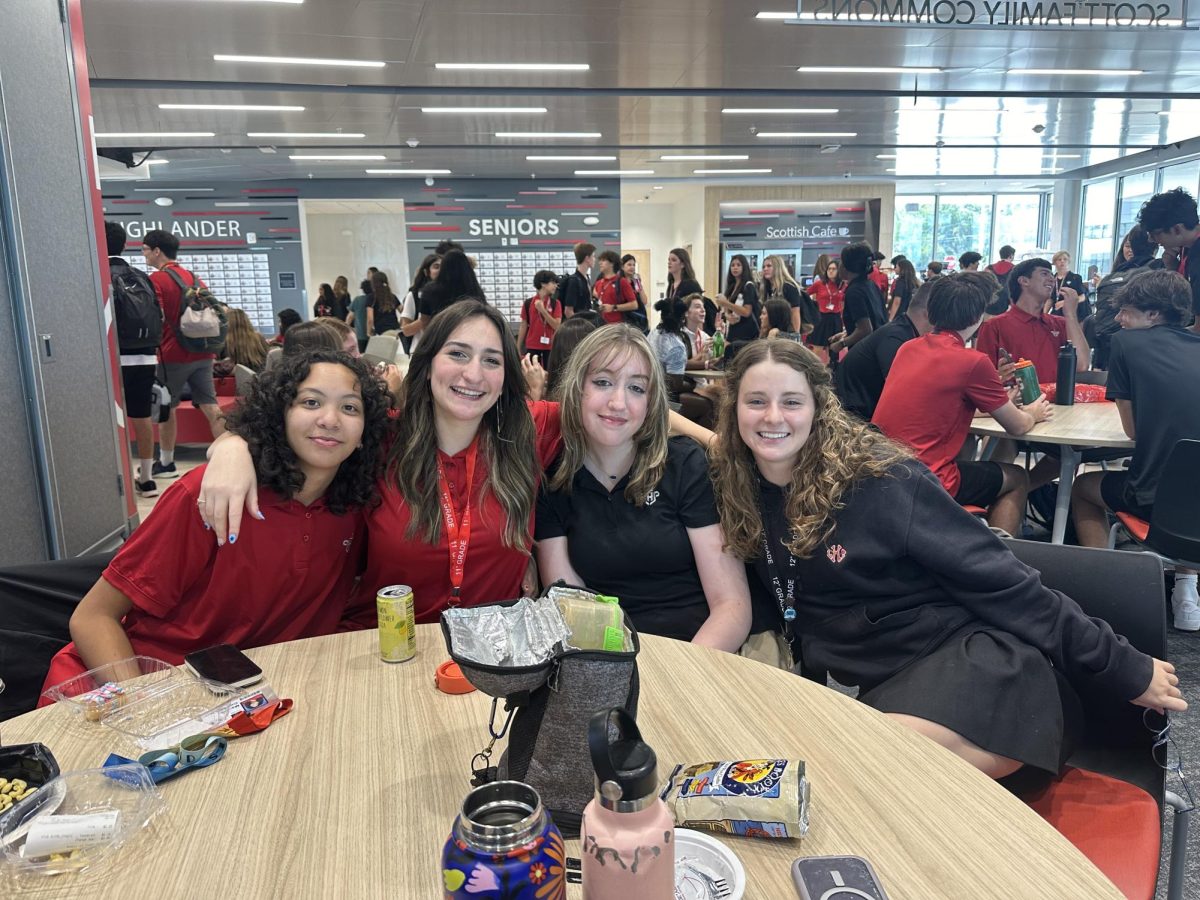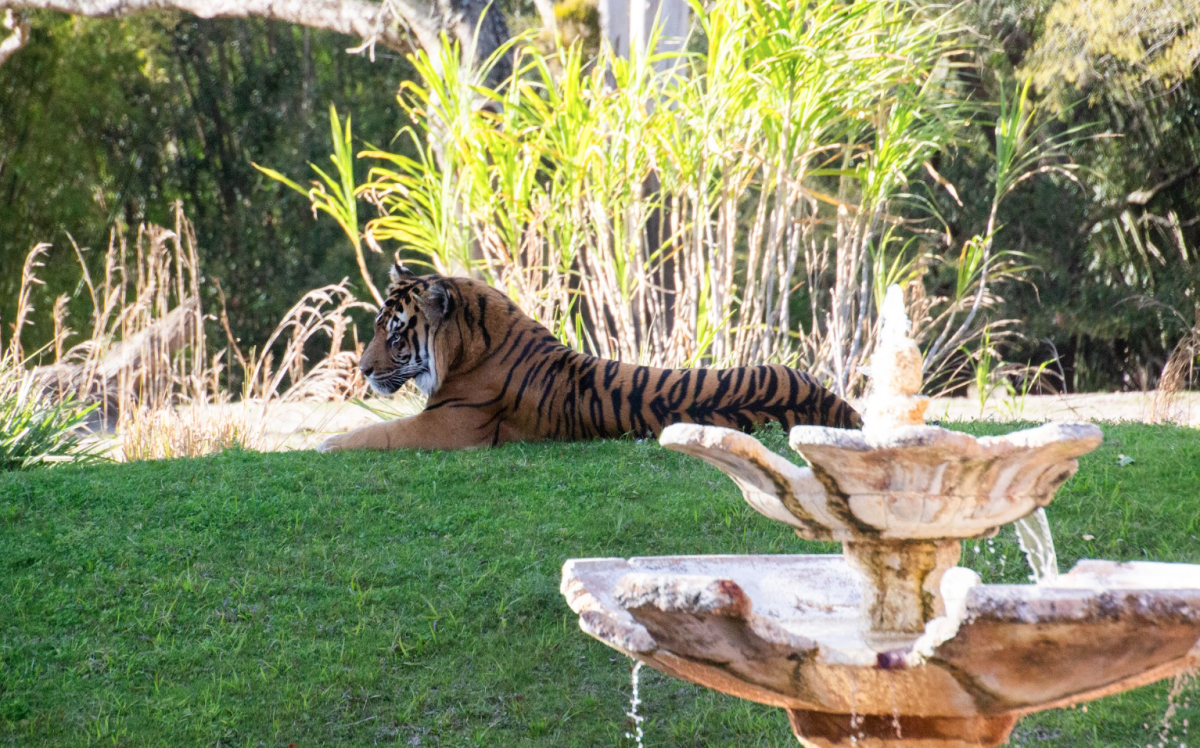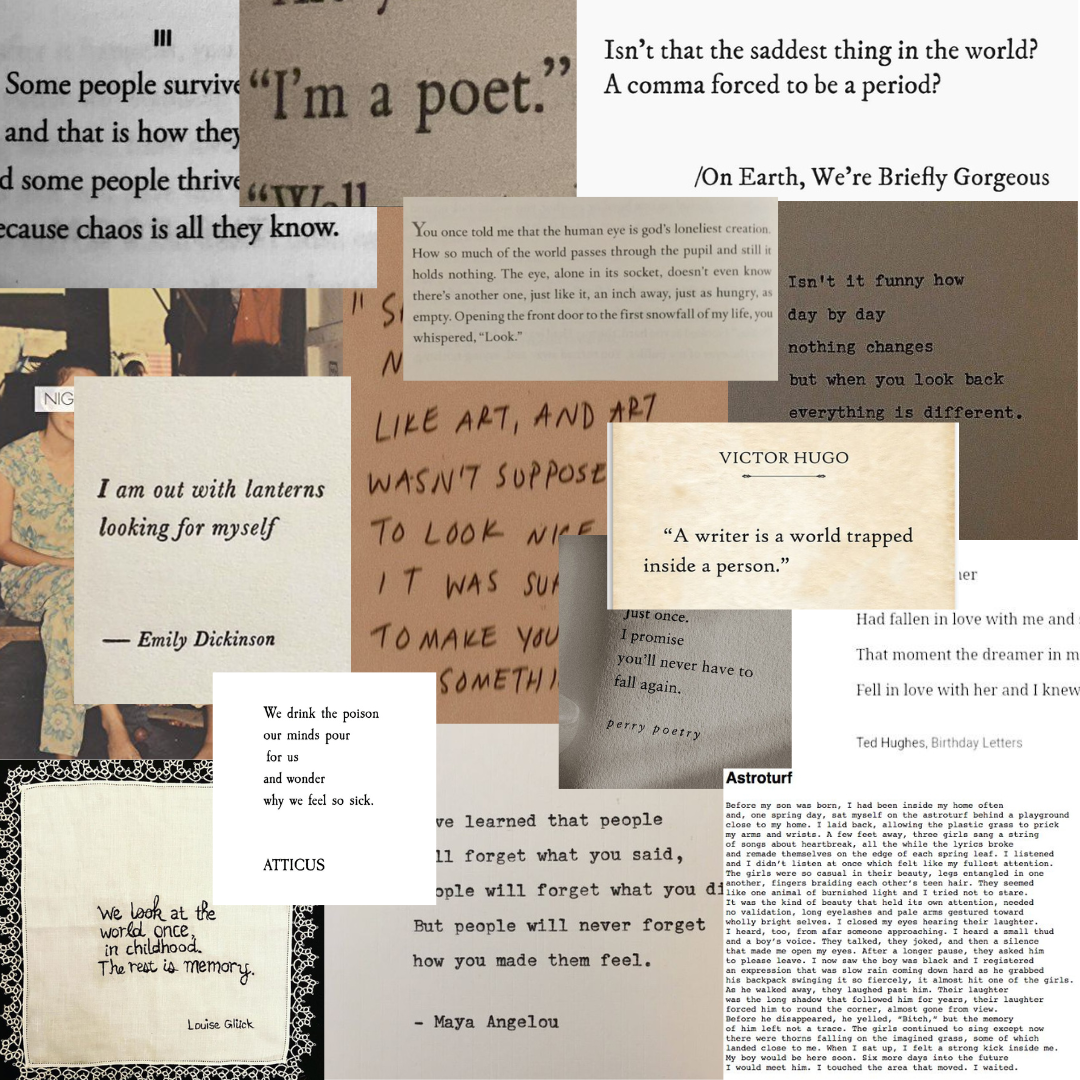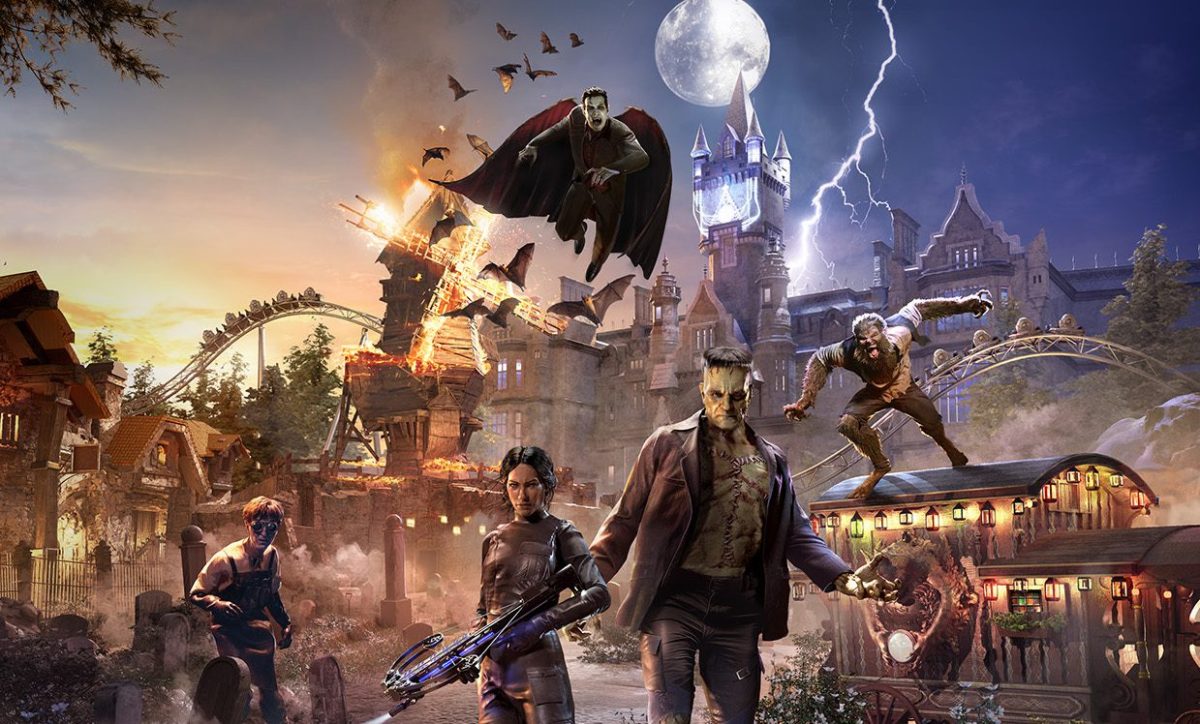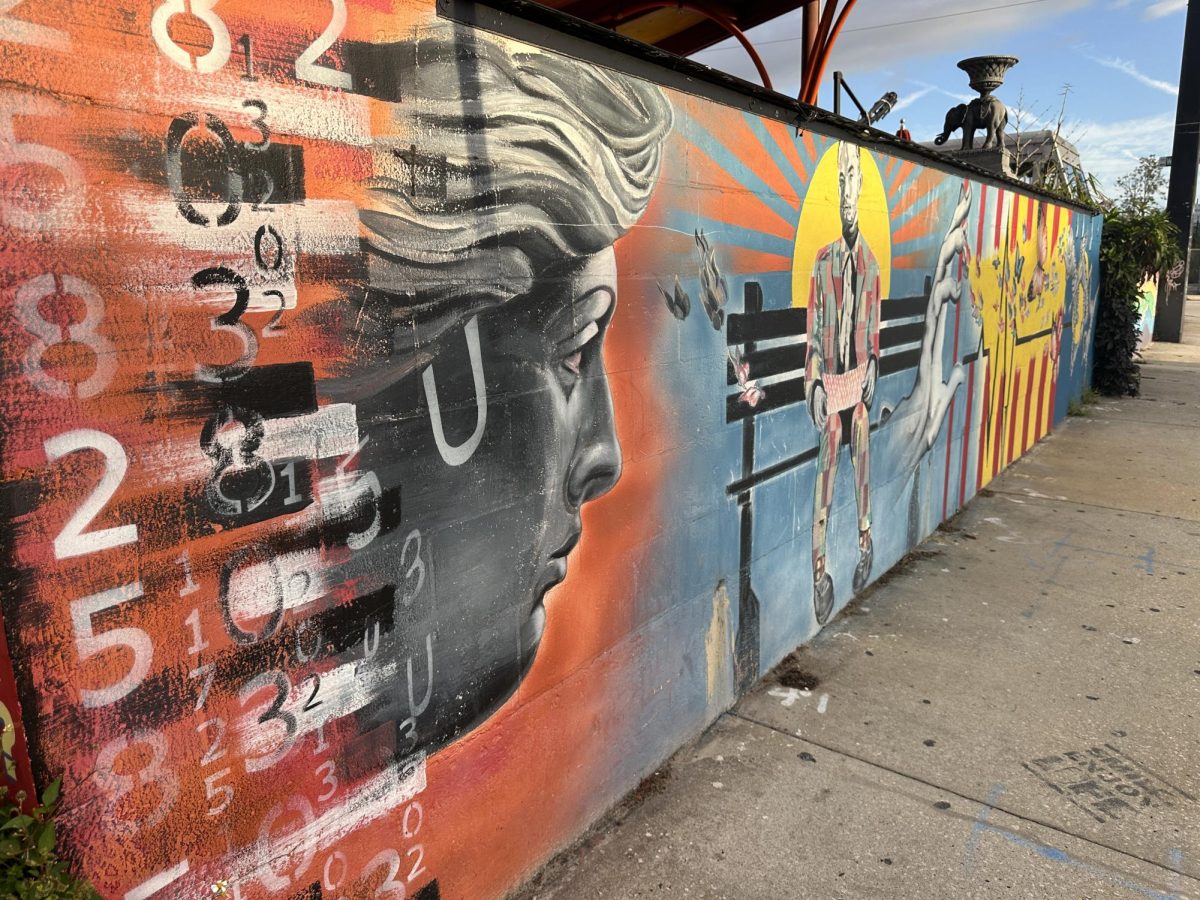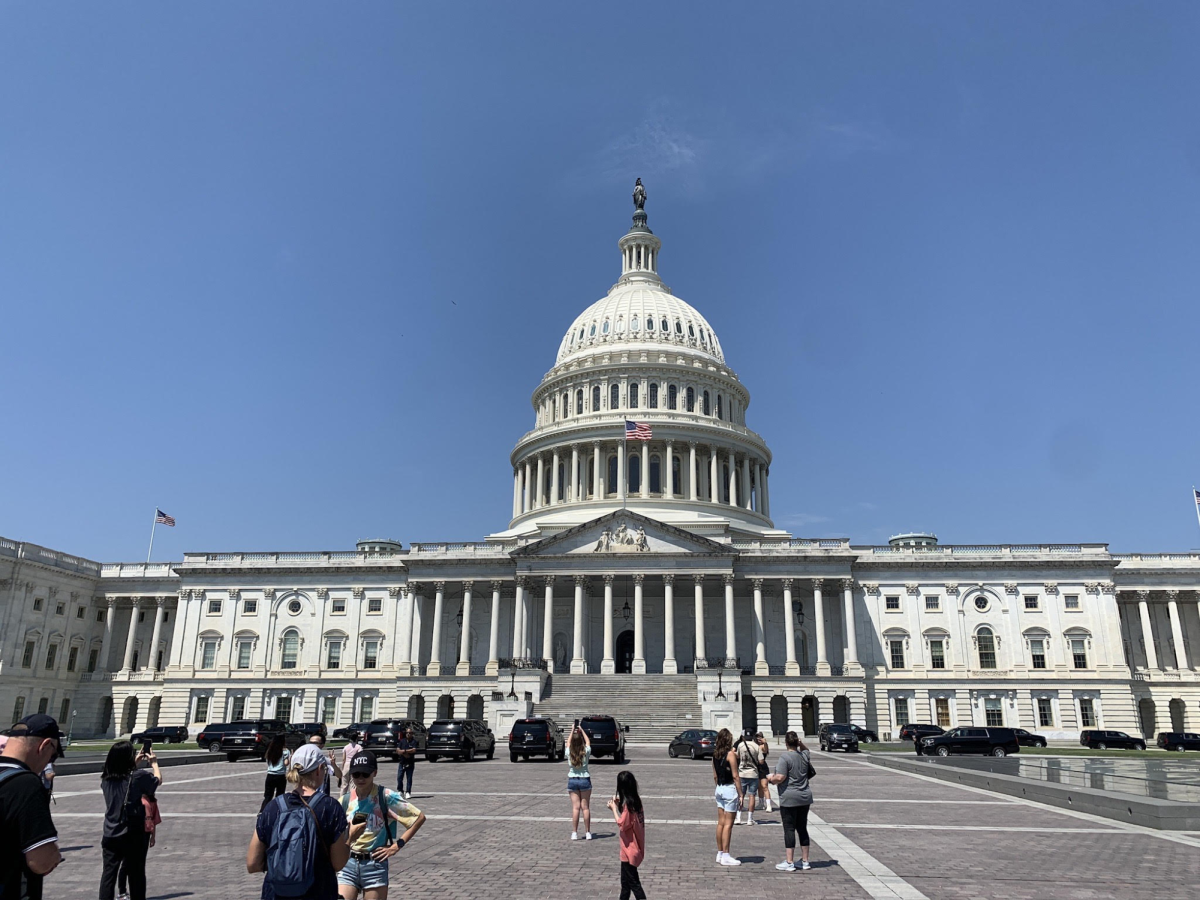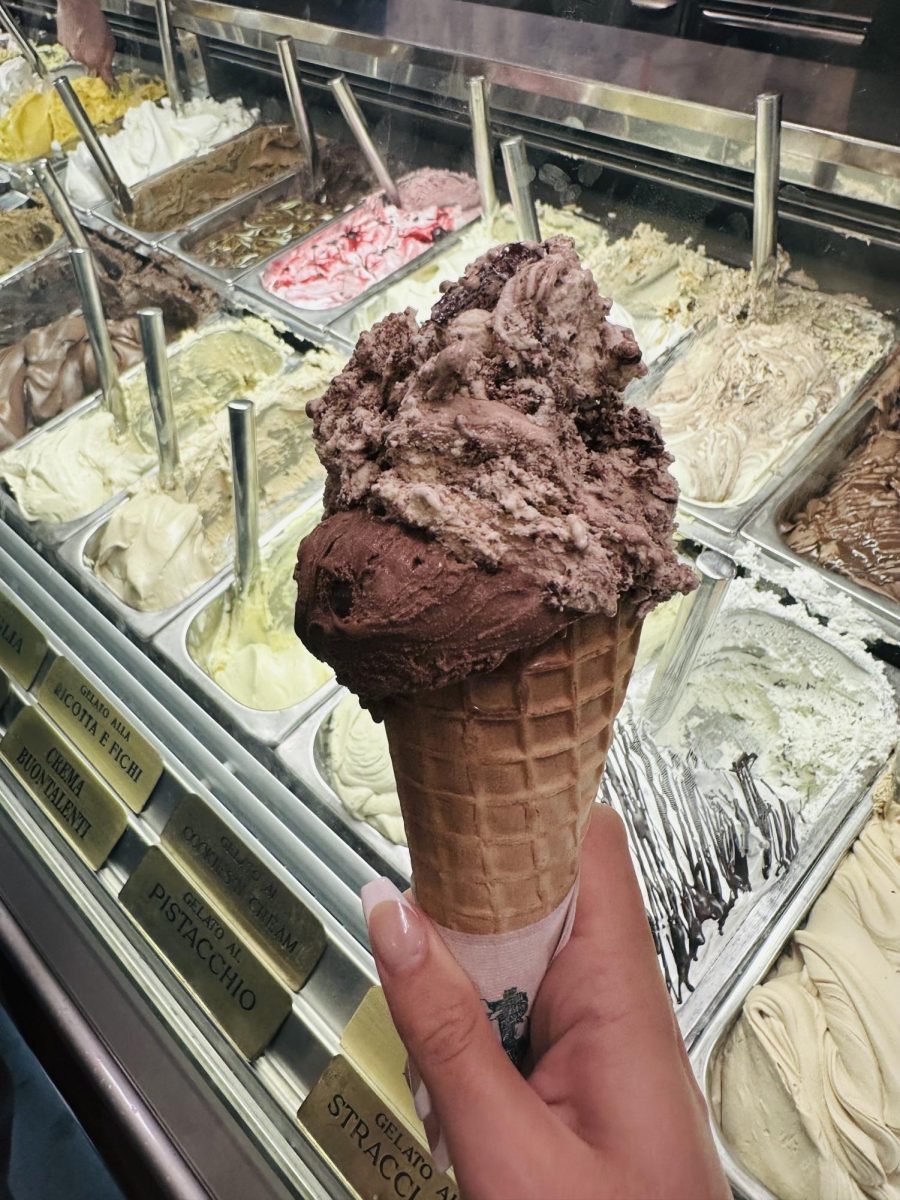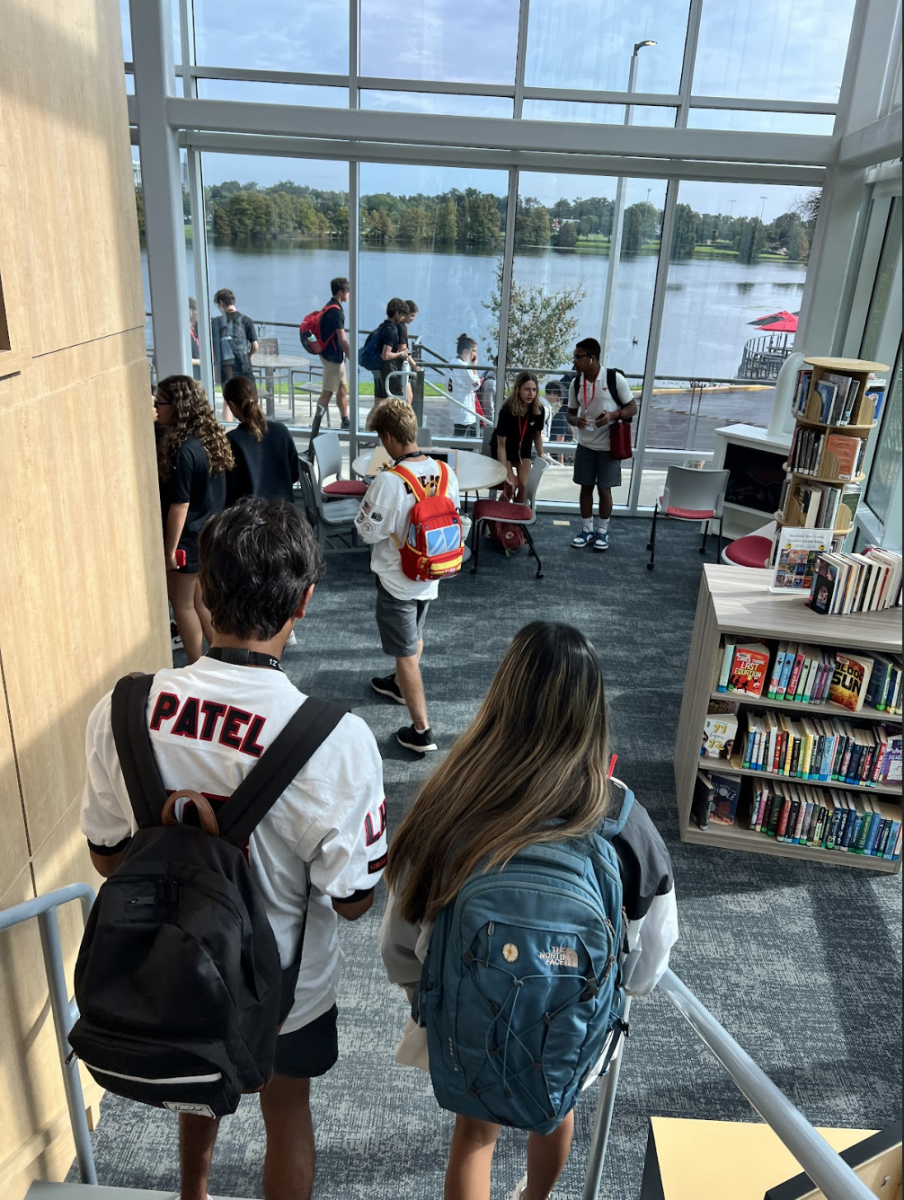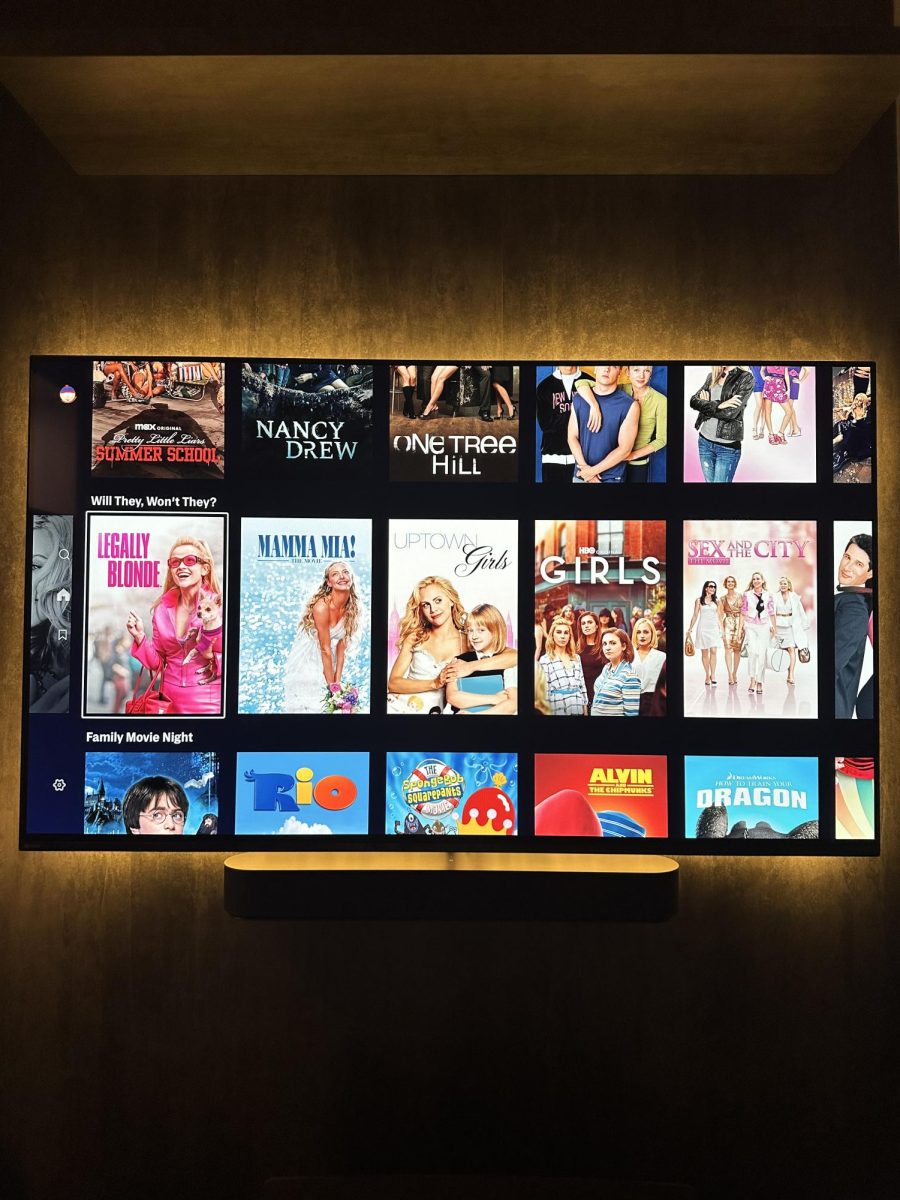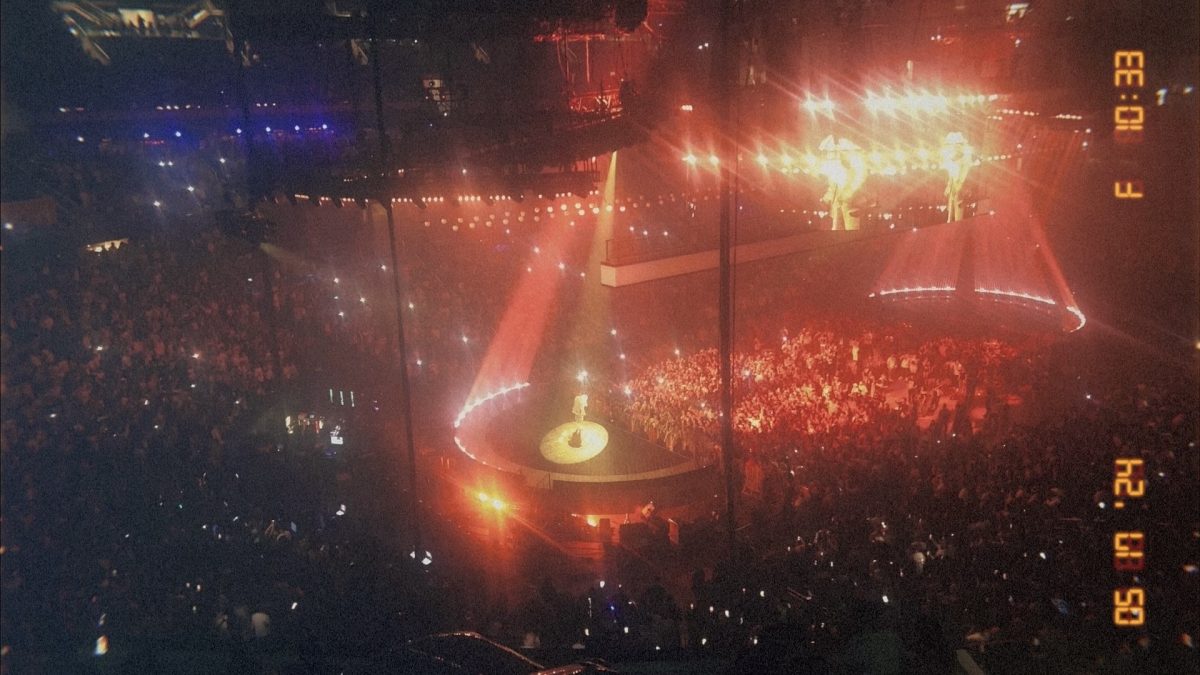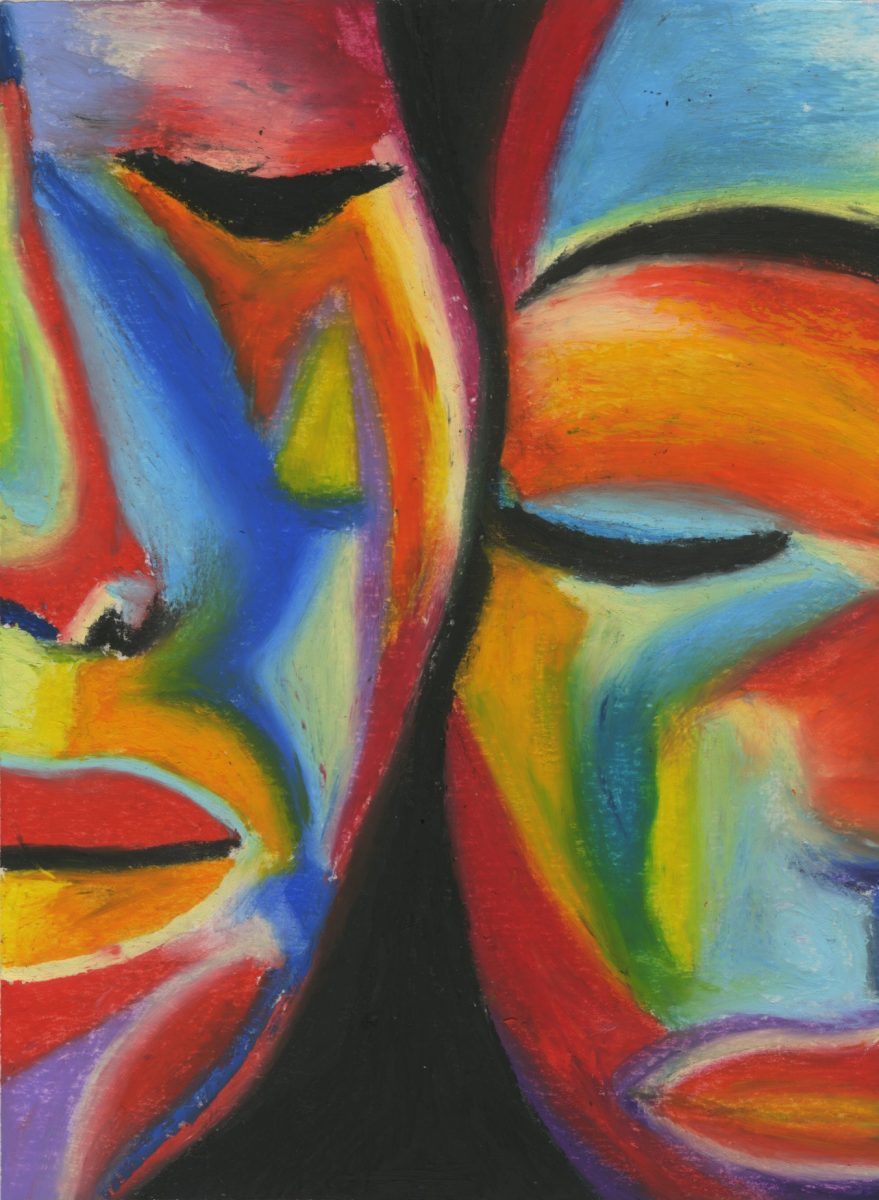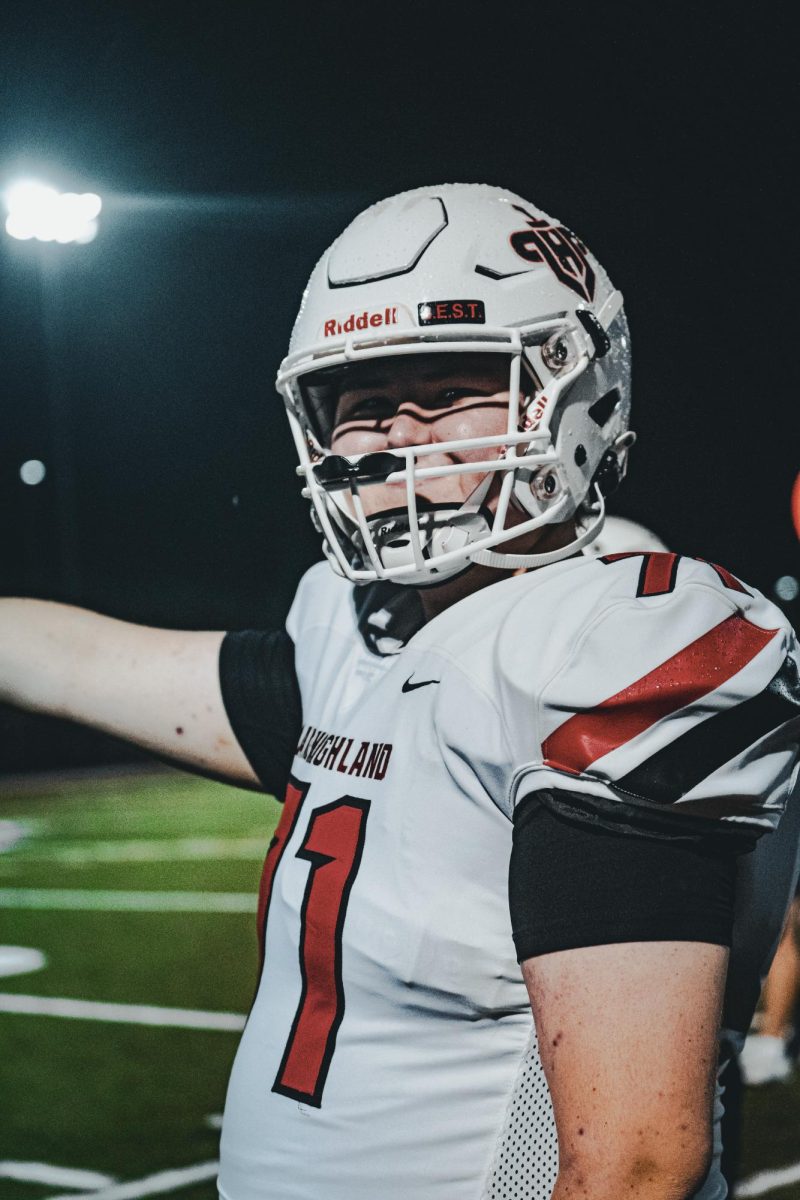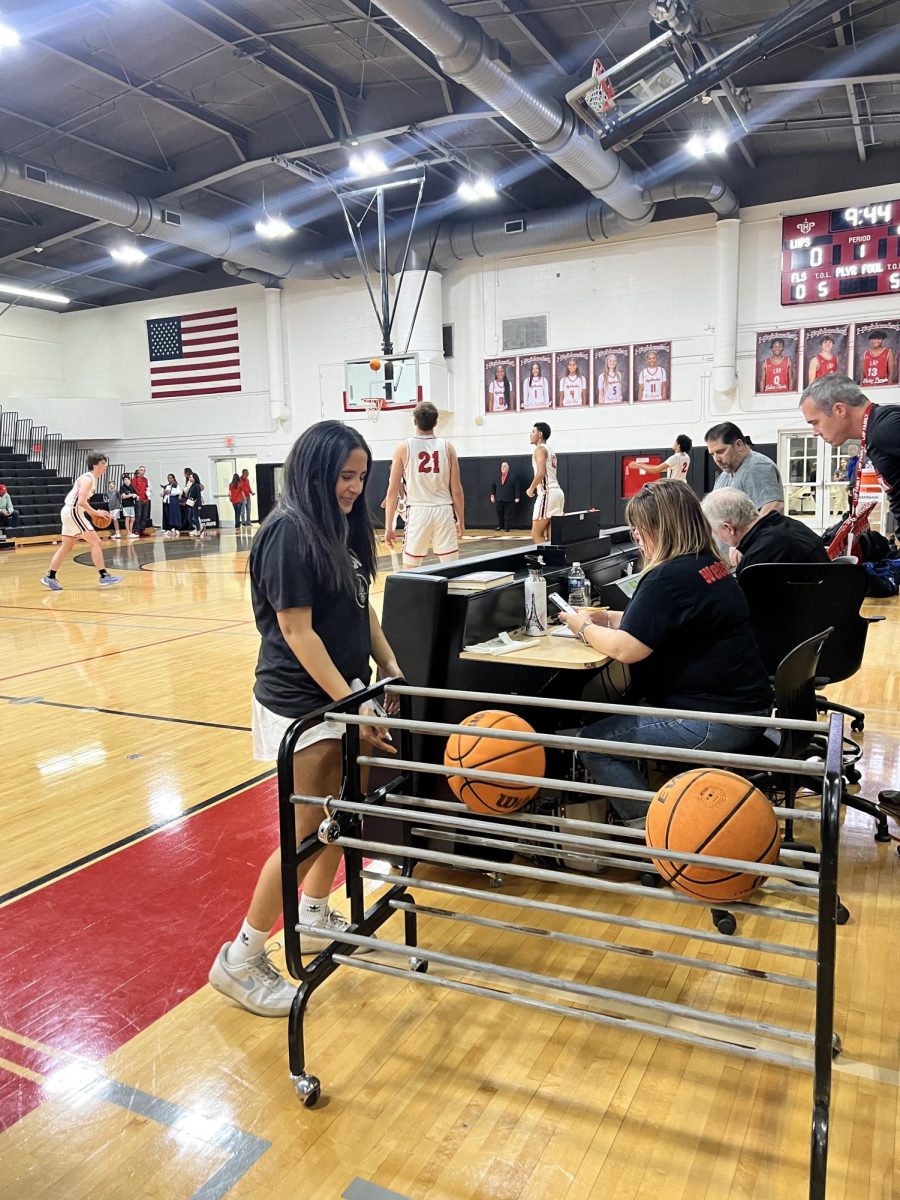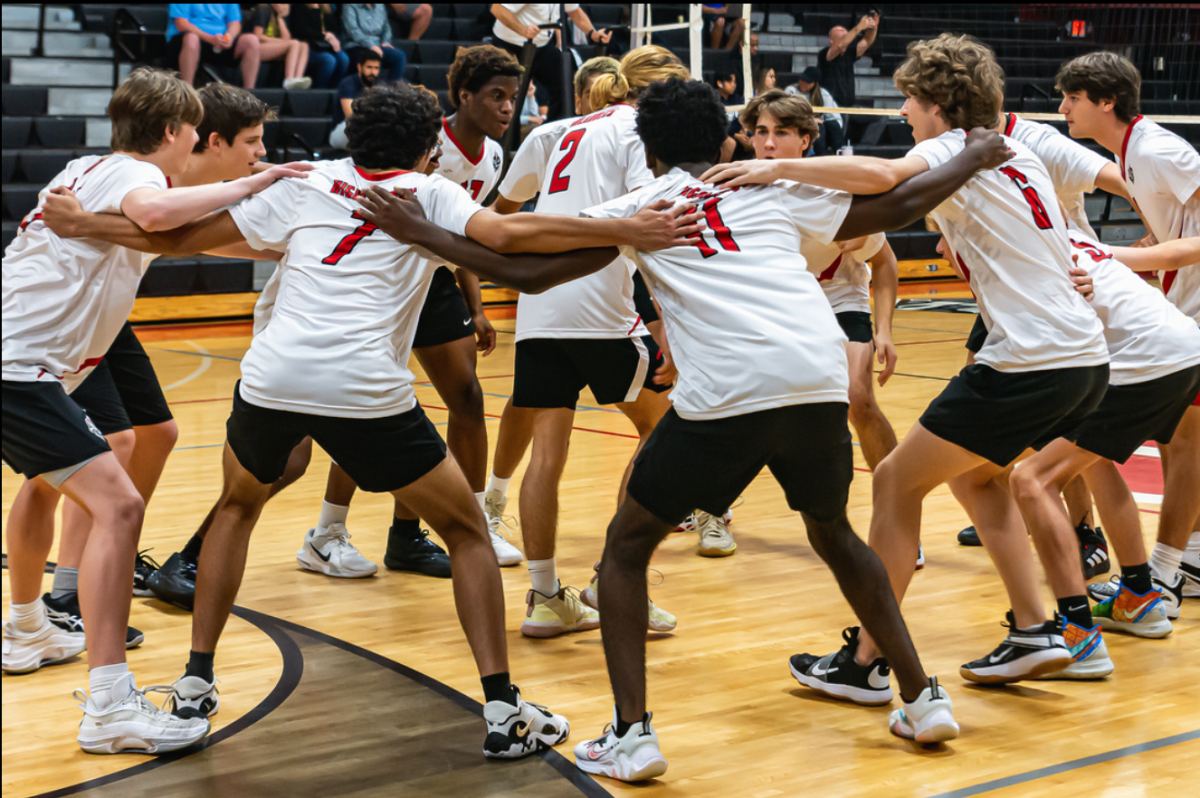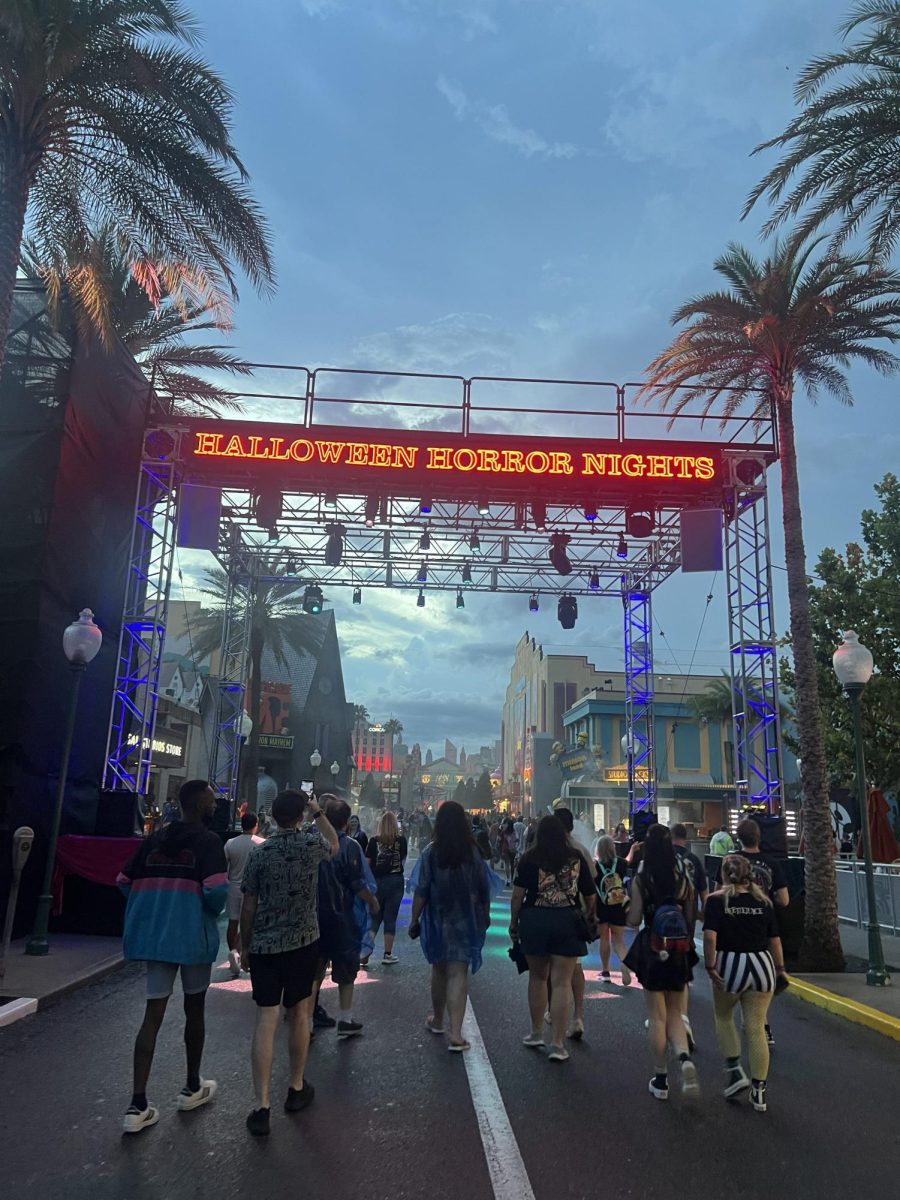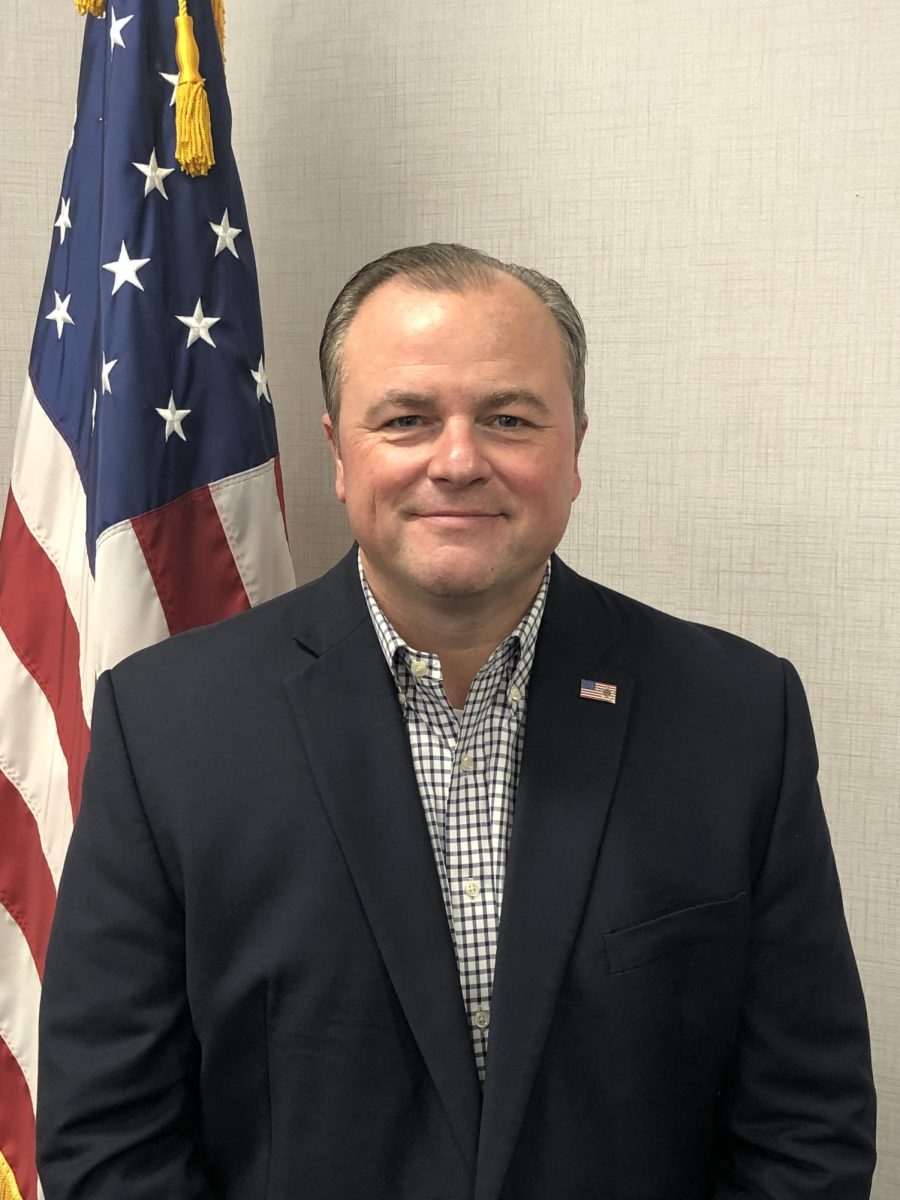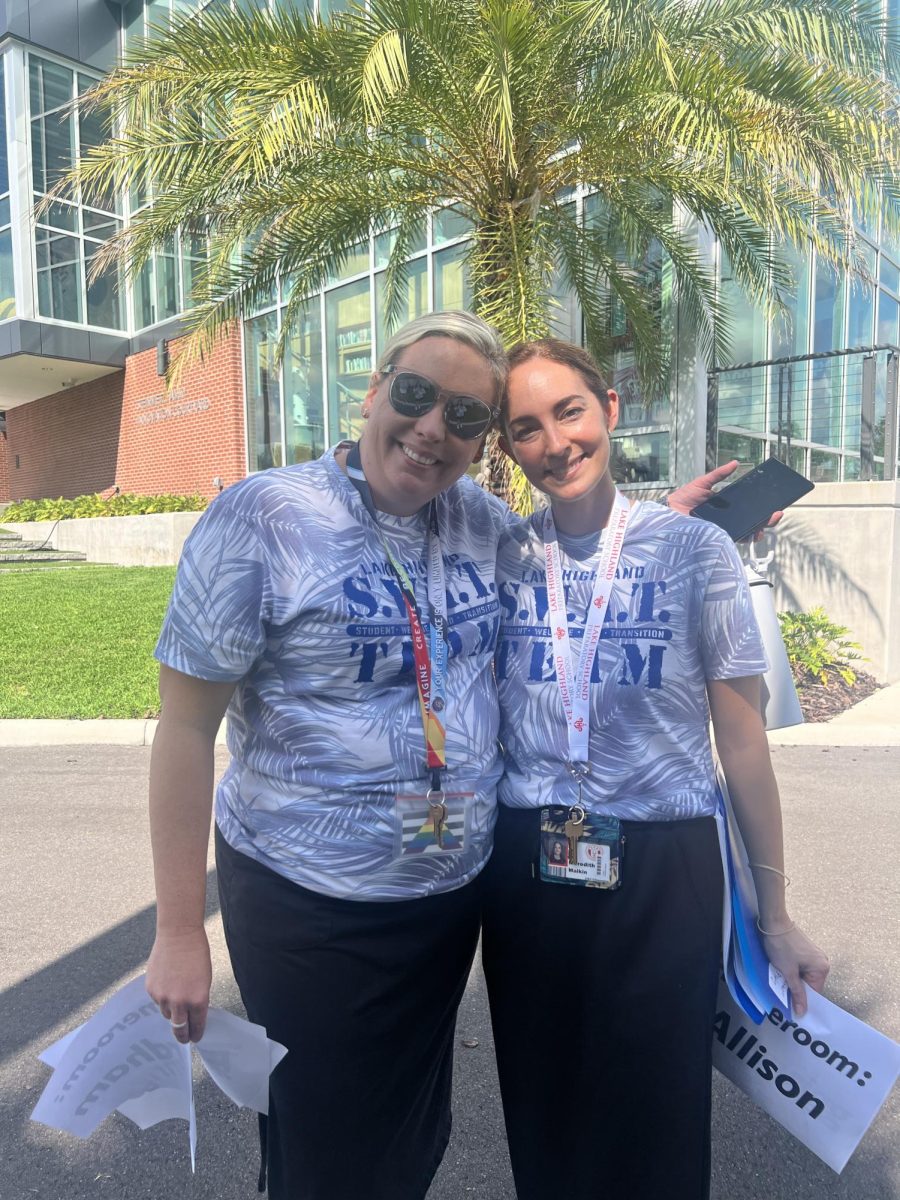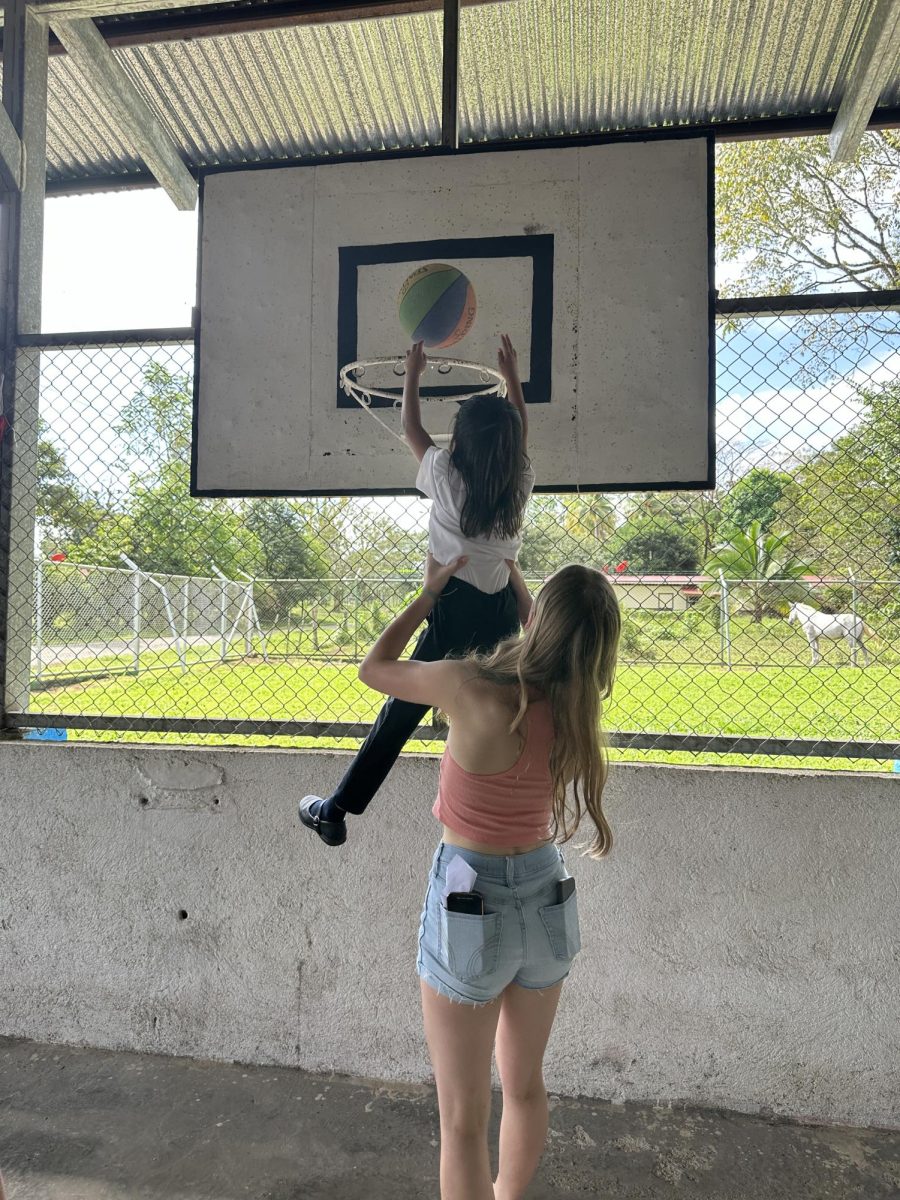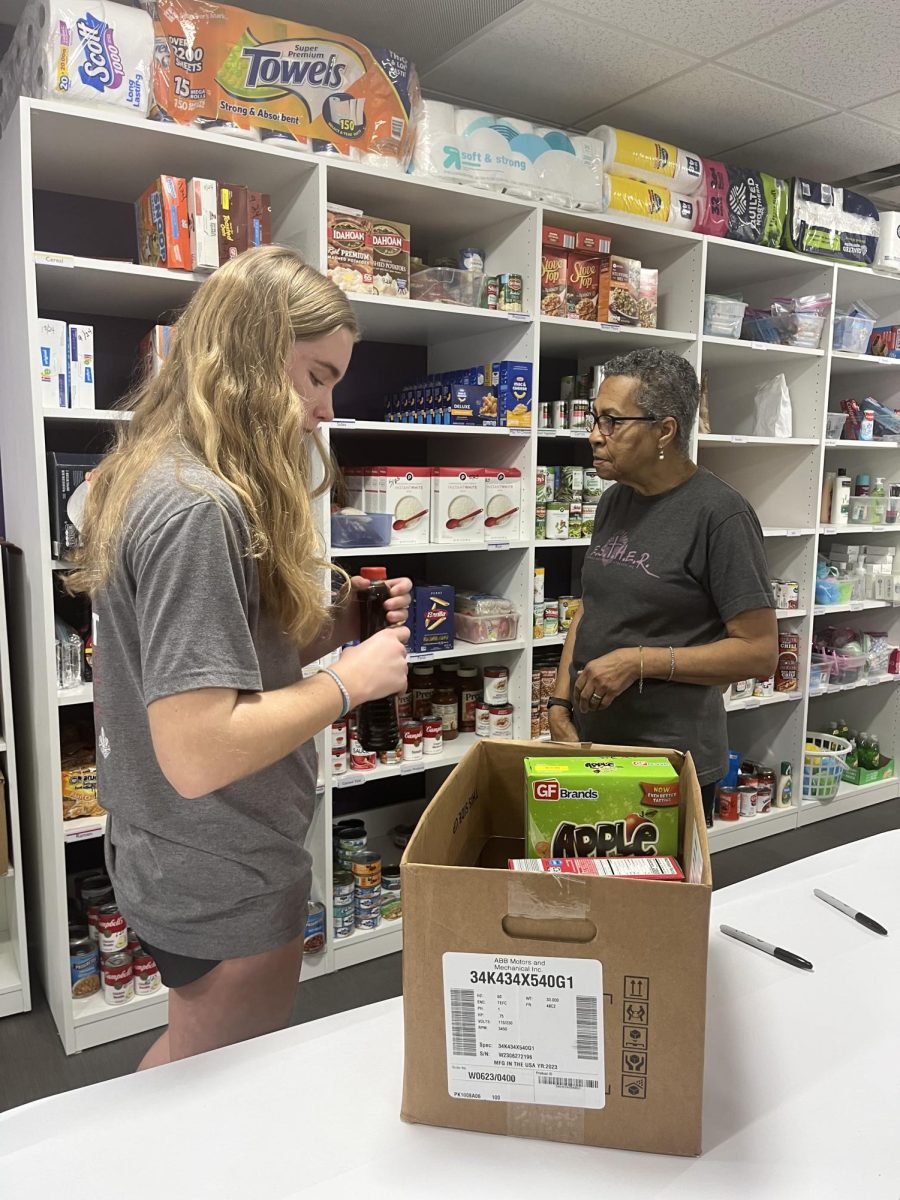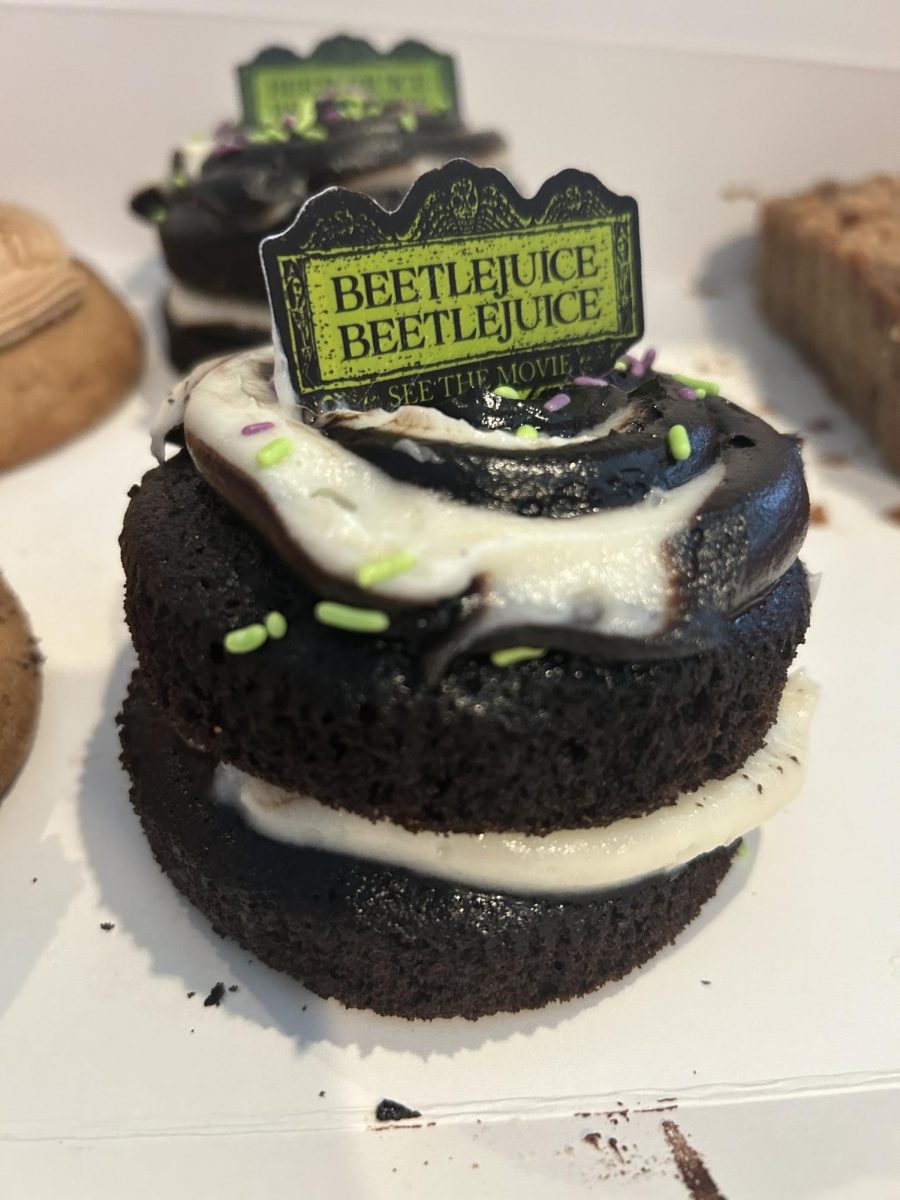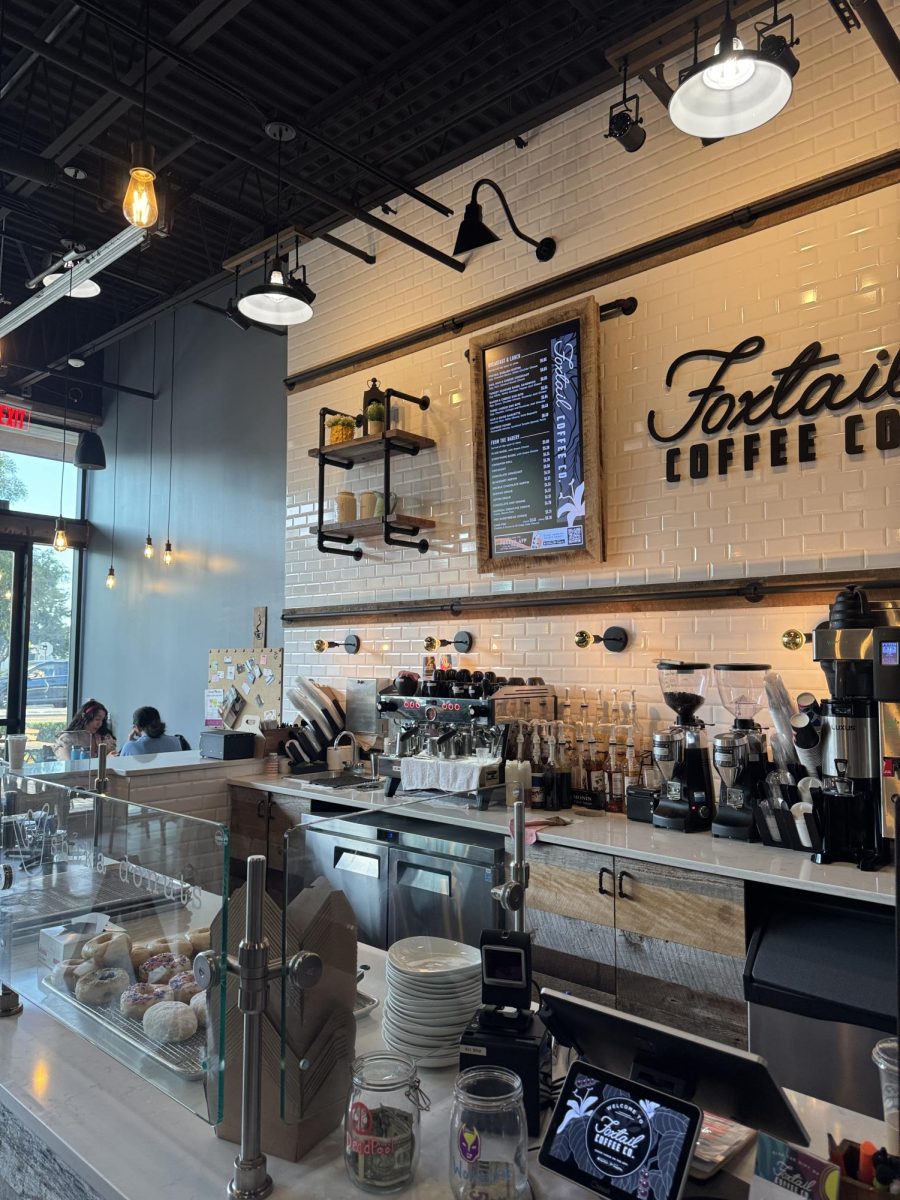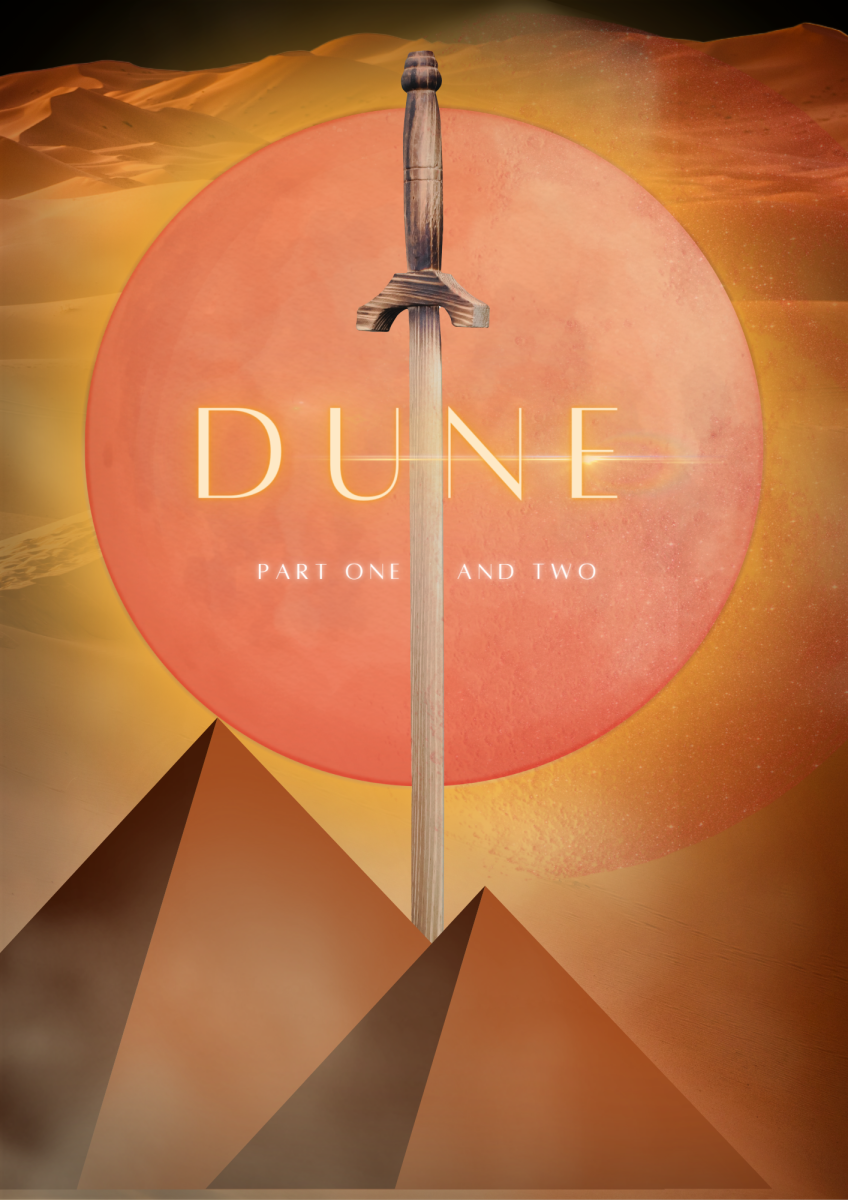It’s 2:50 P.M. on a school day. I’m alone in my car, scrolling through Apple Music, trying to pick which playlist is worthy of the drive home. This charade is futile; I know. There’s only one set of songs that turn my steering wheel into a drum and my voice into a husky baritone: folk songs. A riff on a harmonica by some guy with overgrown hair in Birkenstocks gets me going like no other.
Folk music is the one genre that has followed humanity since its creation. In Mesopotamia, folk music played a significant role in storytelling. Mixing harps, rattles, and wooden instruments, Mesopotamians recounted tales of gods and goddesses. During the Middle Ages, folk music accompanied festivals and dances, conveying historical events. The American folk genre, sometimes called Americana, was birthed out of converging Native American, African, and European traditions during the 18th century. This is when the Appalachian ballads, most notably, “The Ballad of John Henry,” about folk hero, John Henry, battling a steam drill during America’s industrial revolution, gained popularity.
Fast forward a century, and folk music had its first revival. The mid-1900s saw powerhouses such as Woody Guthrie and the King of Folk, Bob Dylan. It was here that folk music’s storytelling ability became a catalyst for change. Bob Dylan’s song, “The Times They Are A-Changing,” which is also covered in the 8th-grade curriculum, explicitly depicts the social disruption the 60s faced. It presents lyrics like, “Come senators, congressmen. Please heed the call,” and, “Don’t criticize what you can’t understand.” Fittingly, this song also opened the shareholders’ meeting in which Steve Jobs unveiled the Macintosh computer.
Aside from a few hits, folk music has always been left on the fringes while its country counterpart takes most of the public’s attention. But, like Bob Dylan’s top-hit, times are changing. Recent years have seen folk music’s latest resurgence. Artists such as The Lumineers, Florence and the Machine, Taylor Swift, and Noah Kahan dominate charts across all genres. Thus, ringing in a new age of folk.
Evolution is intrinsic to folk music. By design, it reflects the period’s sentiments. When the pandemic occurred in 2020, folk music had to adapt. The prime example of a folk album created during the pandemic, and my personal favorite album ever made, is Taylor Swift’s Folklore. Prior to Folklore, Taylor Swift only produced heavy pop or country songs. Her creations all relied on her personal experience, feeling as though she, “Owed it to her fans. ” However, Folklore employs the quintessentially folk music songwriting style of third-person narration. Swift sings about a teenage love triangle among characters, Betty, Augustine, and James. She abandons catchy melodies and rhythmic beats for allegories and soft guitars. However, it’s the song, “Mirrorball” that truly makes Folklore the great pandemic folk album. “Mirrorball,” tells the story of person who after being forced into quarantine, is, “Still on that tightrope…still trying everything to get you laughing at [them].” Swift harkens to the universal feeling of performance, “Everyone feels the need to perform at work and school, for friends and for different friends. And even when the pandemic forces them into isolation, they still perform for that little person in the back of their heads.” That’s the beauty of American folk music. It evolves to fit in whatever the national sentiment is, and it took being cooped up inside during quarantine for Swift to usher in a new age of folk music and win the Grammy for Best Album.
When the arguably top selling woman in the whole music industry releases a folk album, other artists take notice. The second most popular folk album of the pandemic is Stick Season by Noah Kahan. Like Taylor Swift, Kahan switches gears to folk after producing in the singer/songwriter genre. However, unlike Swift, Kahan focuses on the “hometown” aspect of Covid. For the majority of people, the pandemic forced them to relocate closer to family members, often where they grew up. In the song, “The View Between Villages,” Noah Kahan sings about the transition back home, saying, “Feel the rush of my blood. I’m seventeen again. I am not scared of death. I’ve got dreams again.”
Quarantine, whether or not you moved back home, forced reflection. For Kahan, it was of the teenage years spent in his small town in Vermont. For Swift, it was of her place as a “pop” artist. In any case, Stick Season solidified folk music’s place in the music industry. The album earned third place on the US Billboard Top 200 and first place on the Billboard Top Alternative Album list. Fans’ nickname for Kahan as “Folk Malone” also helped produce a collaboration between them for Stick Season’s deluxe version.
This Renaissance of folk music even expands beyond genre lines. The number one album of September 2023 is Zach Bryan’s self titled one. Zach Bryan borders the lines among country/folk/rock as its storytelling nature, especially in “East Side of Sorrow,” reflects that of an old Bob Dylan song. We are living in another golden age of folk. Harmonica riffs and gruff voices are no longer on the fringes of the industry. Before the pendulum swings back to hyper-pop melodies, I implore you to drive with your windows down and blast some folk.

